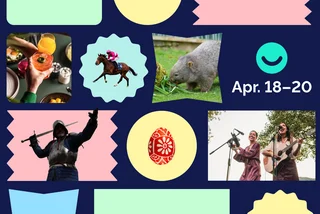The UNESCO Intangible Cultural Heritage Lists are a compendium of the different oral and intangible treasures of humankind worldwide, aiming to draw attention to the importance of safeguarding cultural diversity.
The two lists are comprised of the longer Representative List of the Intangible Cultural Heritage of Humanity and the shorter List of Intangible Cultural Heritage in Need of Urgent Safeguarding.
The Czech Republic has several spots on the former list; Slovácko Verbuňk recruit dances, Shrovetide door-to-door processions and masks in the villages of the Hlinecko area, and the Ride of the Kings in the south-east of the Czech Republic.
The UNESCO committee is currently meeting in the Ethiopian capital, Addis Ababa where it will decide if another beloved Czechoslovak pasttime and significant art form will be added to the global list of Intangible Cultural Heritage: the two country’s puppetry traditions.
The history of puppetry in the Czech lands stretches back to the Middle Ages though perhaps the golden age of the craft was the 19th century when puppetry performance and marionette making were perfected and developed a large fan base throughout Bohemia.
Later on puppets even got political; Josef Skupa the creator of the beloved duo Spejbl and Hurvínek whose eponymous Prague theater was opened in 1930, landed in a German prison during the Nazi occupation for his politically-charged performances.
Today Czech puppetry is enjoying worldwide renown in the animated film industry both at home and abroad; those who are interested would be advised to follow the Puppets in Prague group for regular updates on all things Czech-marionette related.
The Puppet Museum in the East Bohemian town of Chrudim hosts what is considered the longest-running puppetry festival in the world in June.
For a taste of modern Czech puppetry at its finest see our review of the live action puppet movie Malý Pán (The Little Man).












 Reading time: 1 minute
Reading time: 1 minute 






















